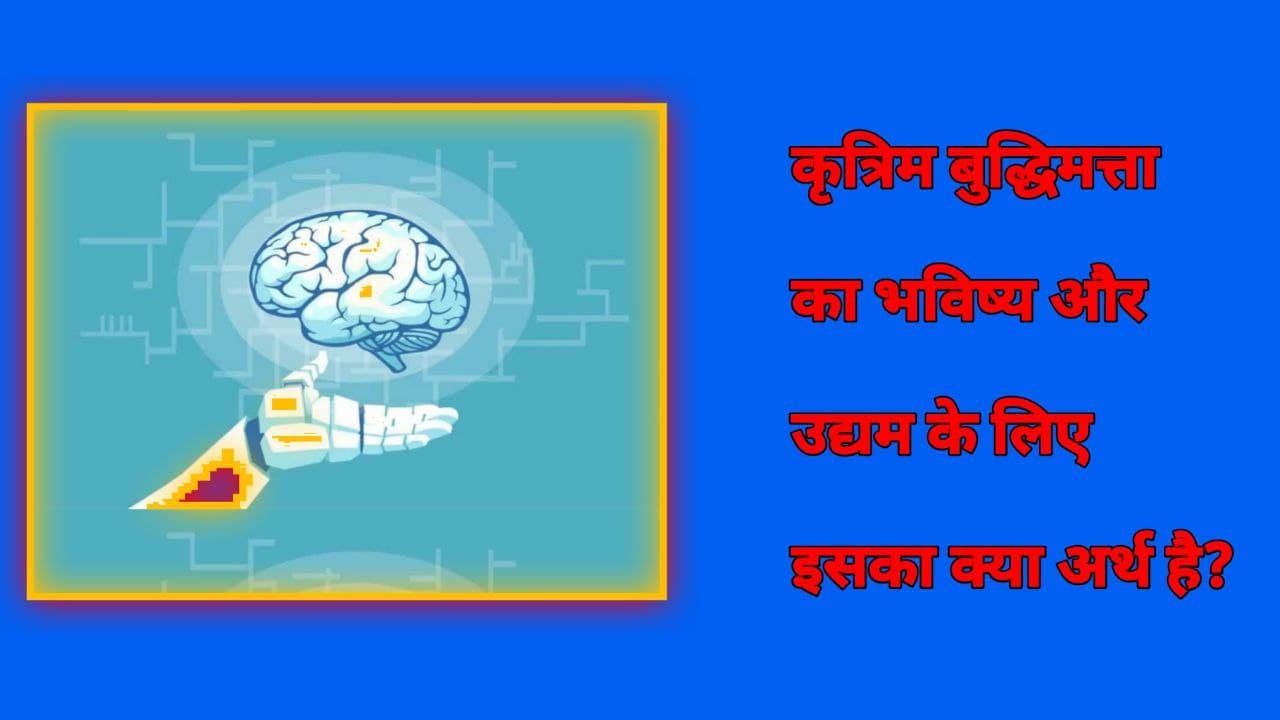The Beauty and Power of Hindi: Unlocking India’s Language
India, known for its vibrant culture, rich history, and diverse traditions, is a land of many languages. Among these, Hindi stands out as one of the most widely spoken and celebrated languages in the country. With over 500 million speakers, Hindi not only serves as a means of communication but also embodies the essence of India’s unity in diversity. In this article, we will delve into the beauty and power of Hindi, exploring why it is more than just a language but a symbol of India’s identity.
The History and Evolution of Hindi
Originating from the ancient language of Sanskrit, Hindi has evolved over centuries to become the language we know today. It is a descendant of the Indo-Aryan languages and has been influenced by various dialects and cultures throughout history. The development of Hindi can be traced back to the Vedic period, where it was used in religious texts and poetry. Over time, Hindi has adapted to modern influences, incorporating words from Persian, Arabic, and English, among others.
The Cultural Significance of Hindi
Hindi is not just a language; it is a reflection of India’s cultural heritage and diversity. It serves as a medium through which traditions, values, and beliefs are passed down from generation to generation. Hindi literature, comprising of renowned poets and authors such as Kabir, Tulsidas, and Premchand, has played a significant role in shaping the cultural identity of India. From epic tales like the Ramayana and Mahabharata to modern-day novels and poetry, Hindi literature is a treasure trove of wisdom and creativity.
The Global Impact of Hindi
With the rise of globalization and the digital age, Hindi has transcended geographical boundaries to reach a global audience. As one of the official languages of India, Hindi is widely used in government, education, media, and entertainment. Bollywood, the Hindi film industry, has gained international acclaim for its vibrant storytelling, music, and dance. The popularity of Bollywood movies has contributed to the global recognition of Hindi as a language of art and expression.
The Linguistic Diversity of Hindi
One of the unique features of Hindi is its linguistic diversity, with a plethora of dialects and accents spoken across different regions of India. From Bhojpuri in Bihar to Haryanvi in Haryana, each dialect adds to the richness and complexity of the language. Despite these variations, the core essence of Hindi remains the same, fostering a sense of unity among its speakers.
The Role of Hindi in Education and Communication
As the language of instruction in many schools and universities, Hindi plays a crucial role in education and literacy in India. It enables students to connect with their roots, learn about their culture, and communicate effectively with their peers. In addition, Hindi serves as a common language for people from diverse linguistic backgrounds to interact and collaborate, promoting social cohesion and understanding.
Preserving and Promoting Hindi
While Hindi continues to thrive as a language, there are challenges to its preservation and promotion in the digital age. The influence of English and other languages, as well as the lack of standardized spelling and grammar, pose obstacles to the growth of Hindi. To address these issues, initiatives such as Hindi language courses, literature festivals, and digital content creation are essential in preserving and promoting the beauty and power of Hindi for future generations.
Conclusion: Embracing the Beauty of Hindi
In conclusion, Hindi is more than just a language; it is a symbol of India’s rich cultural tapestry and linguistic diversity. By unlocking the beauty and power of Hindi, we can appreciate the heritage and legacy it carries, connecting us to our roots and uniting us as a nation. As we embrace the beauty of Hindi, let us continue to celebrate and preserve this language for generations to come, ensuring that it remains a vibrant and integral part of India’s identity.
Let us cherish the beauty of Hindi and recognize its significance in shaping India’s past, present, and future.

